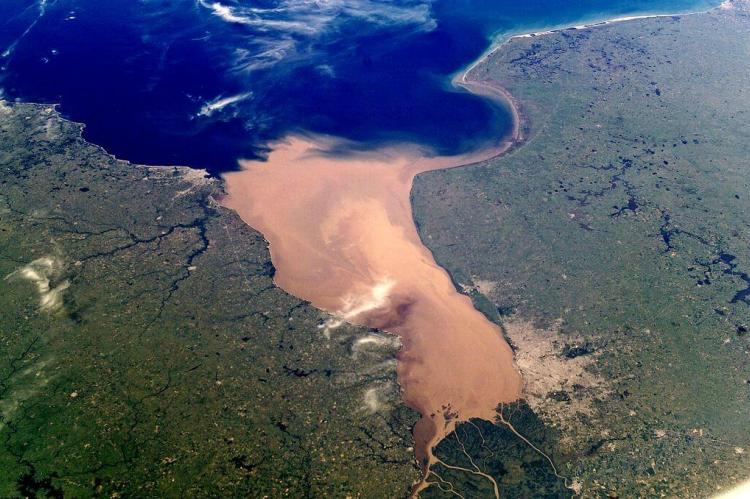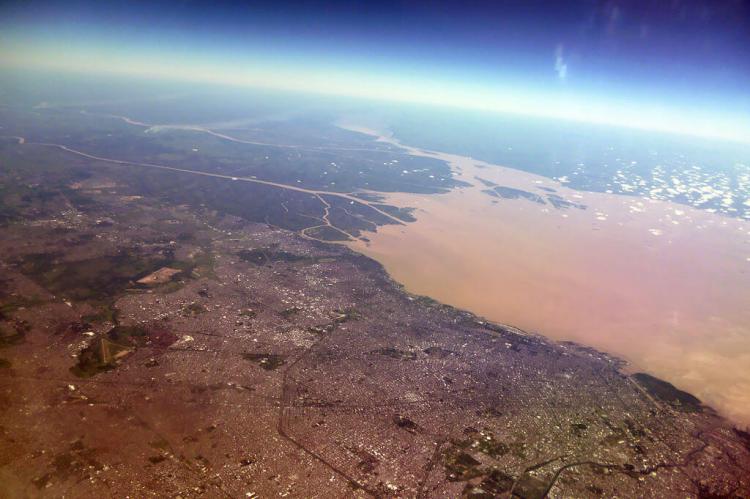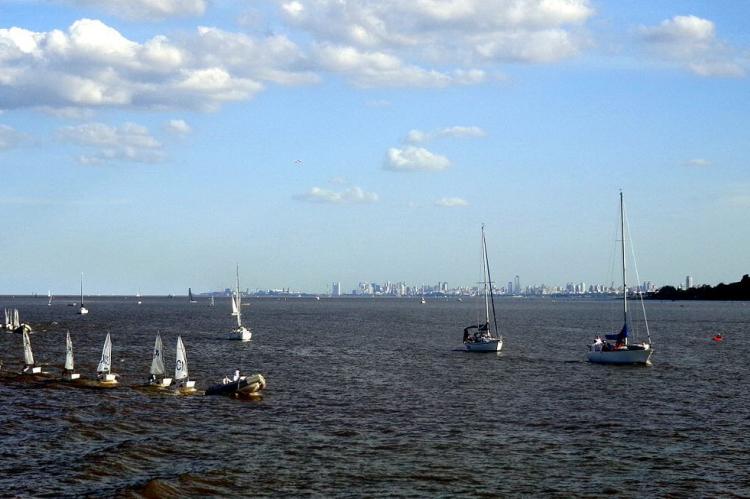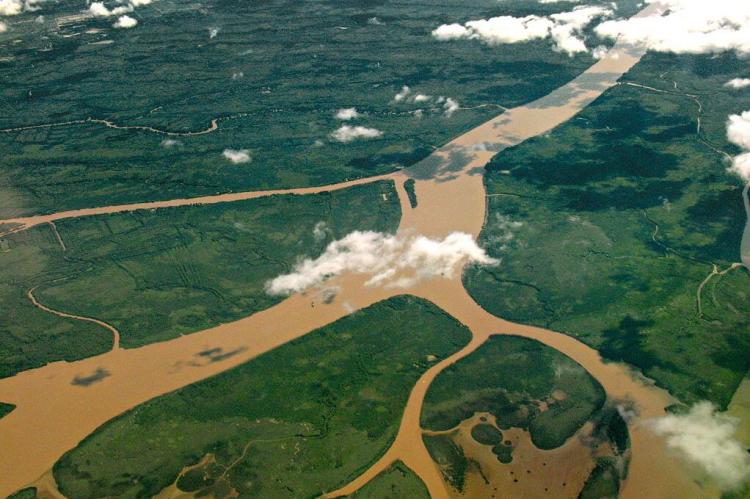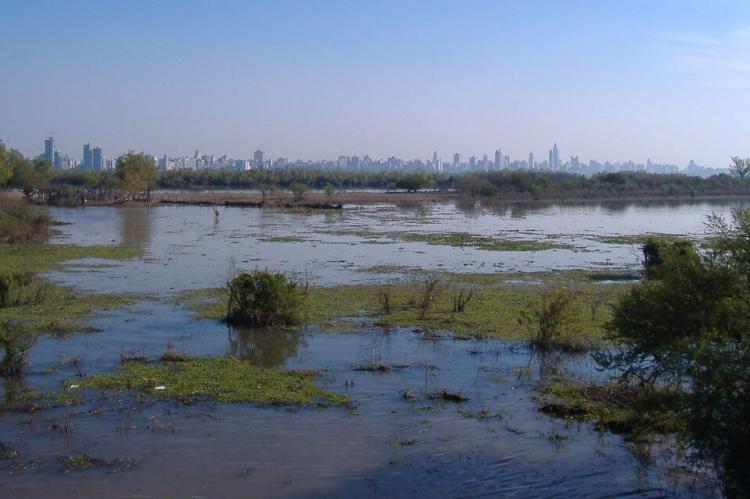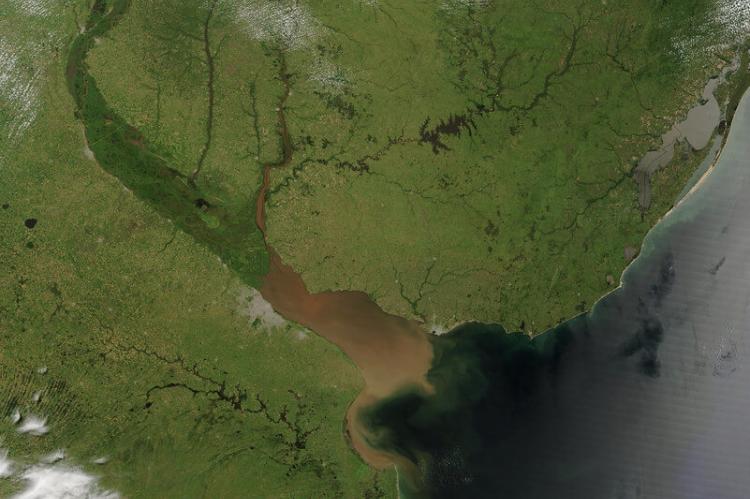The Río de la Plata: A Confluence of Majesty
Along South America's southeastern coastline, the Río de la Plata is a monumental estuary and drainage basin. It is a tapering intrusion of the Atlantic Ocean between Uruguay and Argentina. This immense waterway is a testament to the continent's awe-inspiring natural grandeur.
The Río de la Plata: A Confluence of Majesty
Carving a vast and imposing presence along the southeastern coastline of South America, the Río de la Plata stands as a monumental estuary and drainage basin, a tapering intrusion of the Atlantic Ocean stretching its embrace between Uruguay and Argentina. This immense waterway, often regarded as a gulf, a marginal sea, or even the widest river in the world, is a testament to the continent's awe-inspiring natural grandeur.
The Mightiest of Rivers Converge
At the heart of the Río de la Plata's majesty lies a confluence of mighty rivers, each contributing grandeur to this vast estuary. The Paraná River, the Paraguay River, and the Uruguay River converge their waters, forming a funnel-shaped indentation that empties into the Atlantic Ocean. To those who revere it as a river, the Río de la Plata claims the title of the world's most expansive, with a staggering total area of approximately 35,000 square kilometers (13,500 square miles).
A Drainage Basin of Continental Proportions
The Río de la Plata's influence extends far beyond its immediate shorelines, drawing sustenance from a drainage basin that spans a staggering 3,170,000 square kilometers (1,220,000 square miles). This vast hydrographical area, second only to the Amazon basin in South America, encompasses regions of southeastern Bolivia, southern and central Brazil, the entirety of Paraguay, most of Uruguay, and northern Argentina – a true continental treasure.
Rivers of Might and Grandeur
A network of mighty rivers weaves a tapestry of interconnected waterways within this immense drainage basin. The Paraná River and its tributaries, including the Paranaíba River, Grande River, Tietê River, Paranapanema River, Iguazu River, and the Salado River, contribute their waters to the Paraná Delta's expanse. The Paraguay River, flowing through the Pantanal wetland, receives the Pilcomayo River and the Bermejo River before joining the Paraná. The Uruguay River, too, plays its part, with the Pelotas River, Canoas River, Ibicuí River, and the Río Negro as its main tributaries. And not to be forgotten is the Salado del Sur River, another significant contributor to the Río de la Plata's grandeur.
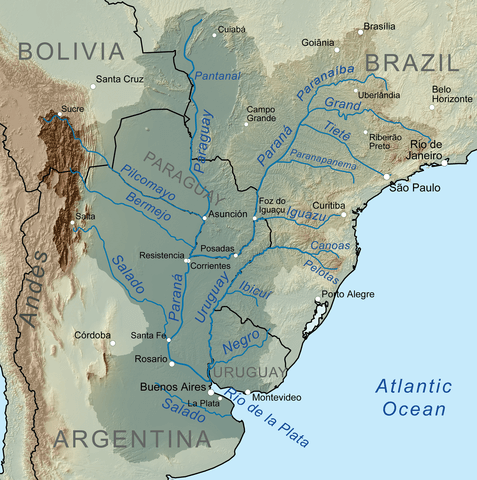
The map showing the Río de la Plata drainage basin includes major tributaries and cities.
Harnessing Nature's Power: Hydroelectric Marvels
The Río de la Plata basin is not merely a showcase of nature's majesty but also a testament to human ingenuity and the harnessing of its mighty waters. Several hydroelectric dams dot the landscape, including the Itaipu facility, the second-largest operating hydroelectric plant in the world, shared between Paraguay and Brazil on the Paraná River.
A Nexus of Environmental and Economic Significance
Beyond its awe-inspiring natural beauty, the Río de la Plata estuary holds immense environmental and economic significance for the region. Its waters sustain vast wetlands, diverse ecosystems, and countless species, while its tributaries provide vital resources for agriculture, industry, and human settlements. The estuary is a crucial maritime gateway, facilitating trade and commerce for the nations that call its shores home.
Conclusion: A Majestic Waterway for the Ages
The Río de la Plata stands as a true marvel of the natural world, a confluence of mighty rivers that converge in a tapering embrace of the Atlantic Ocean. The grandeur of this waterway extends far beyond its immediate shorelines, drawing sustenance from a vast continental drainage basin encompassing diverse landscapes and ecosystems. Marveling at its majesty, it is crucial to recognize the delicate balance that must be maintained between human activities and the preservation of this invaluable natural resource. Ensuring the Río de la Plata remains a source of wonder and sustenance requires ongoing efforts to protect and conserve this remarkable estuary for future generations.
![Map of the Río de la Plata, River Plate or [La] Plata River, between Argentina and Uruguay in South America](/sites/default/files/inline-images/plata_buenos_aires_montevideo_map_opt%20%281%29.png)
Map depicting the Río de la Plata, between Argentina and Uruguay in South America.
